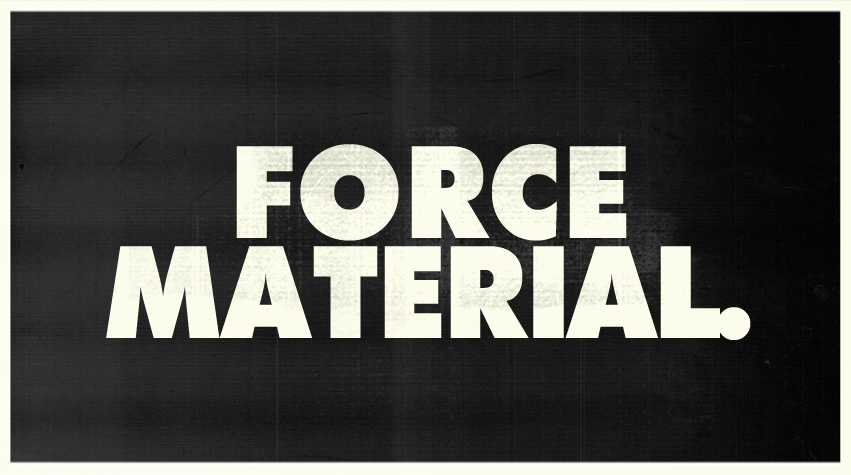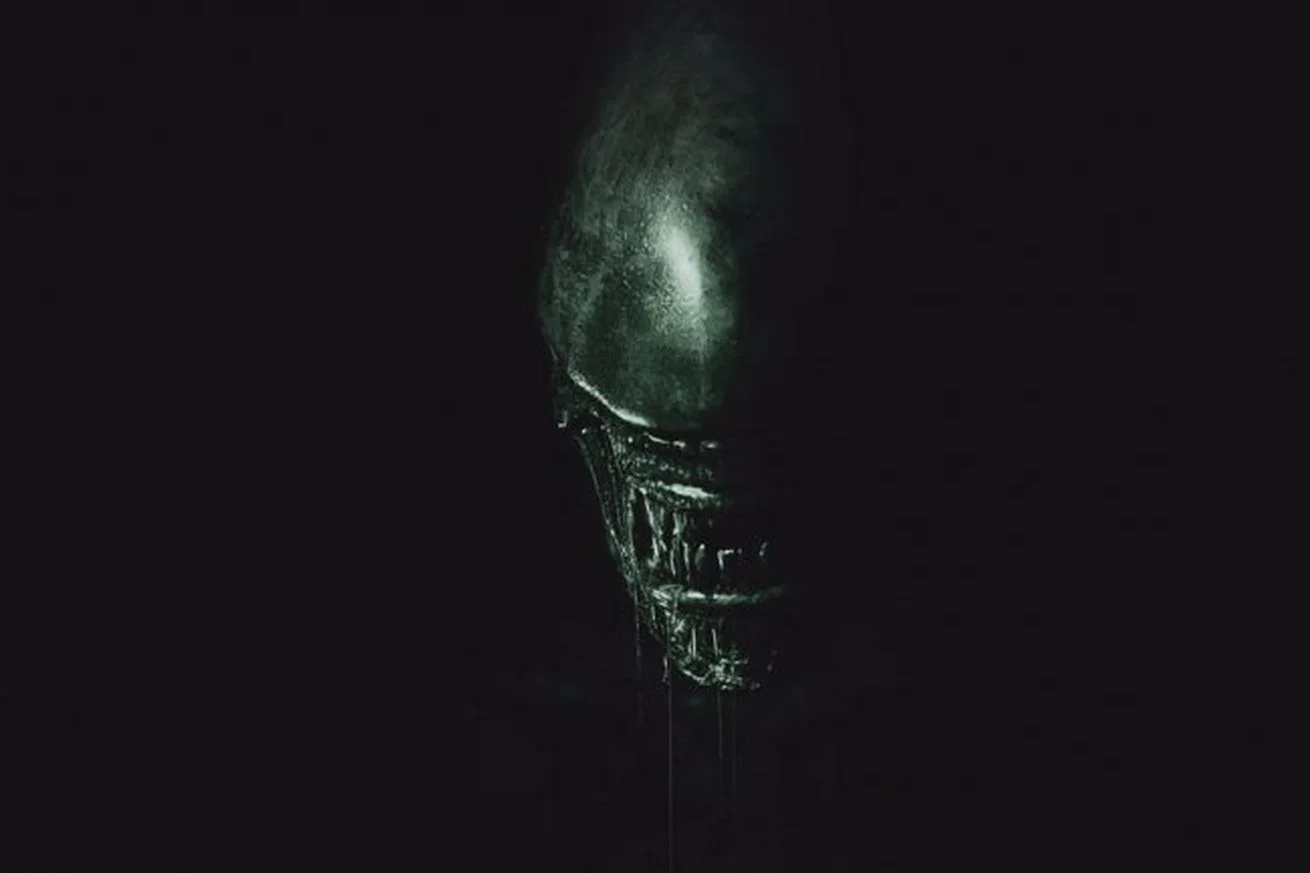How Star Wars inspired Ridley Scott's Alien
If Ridley Scott hadn’t seen Star Wars in 1977, there’s no way we’d be watching a new Alien: Covenant trailer today.
The new Alien: Covenant trailer seems to promise a return to form for the franchise. After the exercise in excess that was Prometheus, Ridley Scott looks to be getting back to basics with Covenant - for better or worse, it’s being advertised as a haunted house horror film set in space, just like the 1979 original.
But without Star Wars, Scott would never have directed Alien in the first place.
“[Star Wars was] absolutely seminal for me, that first one that George Lucas directed,” Scott told Deadline in 2015.
“I cancelled the film I was going to do, after I saw Star Wars. I’d finished The Duellists, which upon reflection is a good film that got a prize at Cannes … I enjoyed making The Duellists so much that I decided, with [producer] David Putnam, that I’d do [medieval romance] Tristan and Isolde.
“I was in LA to show The Duellists and David said, ‘There’s a film called Star Wars at the Chinese. I can get two tickets, do you want to go? I think you should go.’
“We went to an afternoon performance at 2:00, I was eight rows from the front with David Putnam. I never saw or felt audience participation like that, in my life. The theater was shaking. When that Death Star came in at the beginning, I thought, ‘I can’t possibly do Tristan and Isolde, I have to find something else’.
“By the time the movie was finished, it was so stunning that it made me miserable. That’s the highest compliment I can give it; I was miserable for a week. I hadn’t met George at that point, but I thought, ‘Fu*k George’.
“Then, somebody sent me this script called Alien. I said, ‘Wow, I’ll do it’. I was the fifth choice. They’d been to people like Robert Altman. How could you offer Robert that movie? He’d be like, ‘This thing comes out of his chest, are you kidding?’ But I knew what to do.
“I read it and said, ‘I’ll do it!’ I’d been in Hollywood 22 hours. They said, ‘Do you want to change anything?’ Nope. ‘Do you…?’ Nope. I love it. I love it. I’m in.”
Scott tells the same story in his foreword for The Making of The Empire Strikes Back, with an added detail about where he first came across the art of Star Wars.
“I was shooting The Duellists at Paramount, in Los Angeles, when I first heard about Star Wars from some of the art department who had worked on it in London. I saw some copies of George’s sketches, which I thought looked really intriguing and original – a mix of retro and future.”
While Scott admired and envied Lucas from afar, Alien screenwriter Dan O’Bannon had a more familiar relationship with the Star Wars director.
Like Lucas, O’Bannon was a prominent graduate of the University of Southern California’s film program, and like Lucas, he had been able to turn a student film into a feature (1974’s Dark Star, directed by John Carpenter).
O’Bannon was, at one point, set to supervise special effects for Alejandro Jodorowsky’s adaptation of Frank Herbert’s Dune, a production that could have beaten Star Wars to the punch if it hadn’t collapsed before it got in front of cameras in 1975.
As documented in Frank Pavich’s 2013 documentary, Jodorowsky’s Dune, O’Bannon’s time on the Dune set wasn’t completely wasted, because it was where he met artist HR Giger, whose work would inspire Alien.
It was while O’Bannon was writing the screenplay for that film that Lucas, impressed by the displays in Dark Star, approached him to work as a computer animator on Star Wars, focusing particularly on generating tactical displays.
When O’Bannon did complete the Alien script, it was the success of Star Wars that encouraged 20th Century Fox to take a chance on the film.
“They wanted to follow through on Star Wars, and they wanted to follow through fast,” O’Bannon said in Charles de Lauzirika’s 2003 documentary, The Beast Within: Making Alien, “and the only spaceship script they had sitting on their desk was Alien.”
O’Bannon wasn’t the only person who worked on Star Wars who would also work on Alien. Roger Christian, who won an Academy Award for Best Art Direction for his work on Star Wars, received his second Oscar nomination for his work as the production designer of Alien. Both films share an innovative ‘used future’ aesthetic that can partly be attributed to Christian’s efforts.
There was also overlap between Alien and The Empire Strikes Back in the form of Brian Johnson, who served as visual effects supervisor on both films (and won Academy Awards for his work on both films). Johnson had previously worked on 2001: A Space Odyssey and Space: 1999.
“Brian was certainly a tremendous help in that he’d come from the sci-fi world,” Scott wrote in his foreword for The Making of The Empire Strikes Back. “We didn’t have the technology and know-how that George and his team at ILM had, but Star Wars certainly raised my target expectation, even with our jerry-built methods of technology.”
The influence of Star Wars on Alien came full circle last year, when Gareth Edwards told Fandango that a planet in Rogue One (Eadu) was inspired by the look of a planet in Alien (LV-426).
Here’s LV-426…
And here’s Eadu.
Now, Ridley Scott has returned to the franchise that helped make him a legend – and, yet again, Star Wars played a role in his decision.
“Star Wars [The Force Awakens] will be a juggernaut,” Scott told The Hollywood Reporter in 2015.
“Why do you think I’m doing sequels?”
Force Material is a podcast exploring the secrets and source material of Star Wars with hosts Rohan Williams and Baz McAlister. Listen and subscribe on iTunes, Spotify, iHeartRadio, TuneIn, Stitcher, PlayerFM and Castro; stay in touch with us on Facebook, Twitter and Instagram; and support the show by browsing our range of shirts, hoodies, kids apparel, mugs and more at TeePublic.









